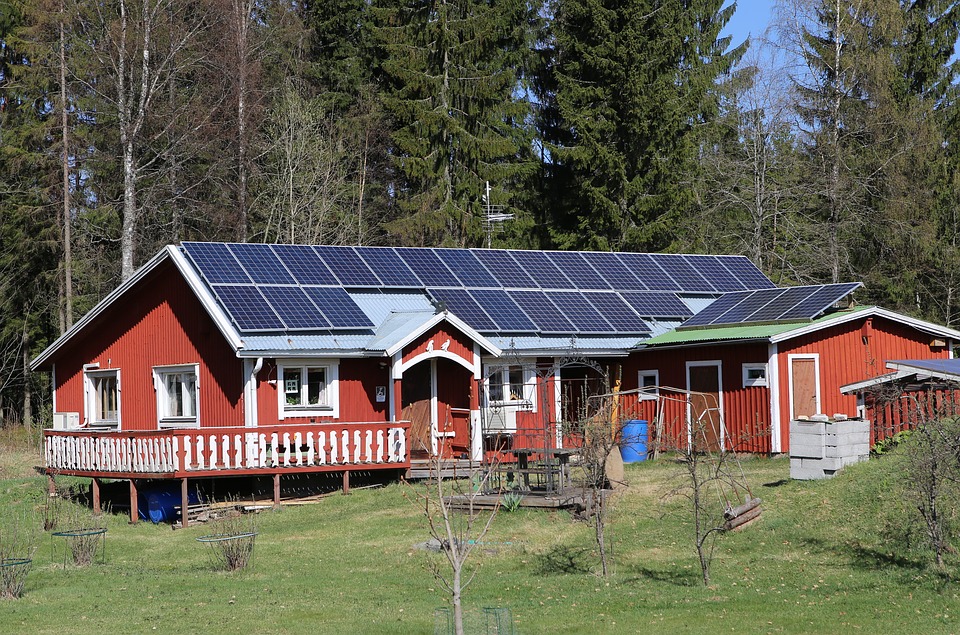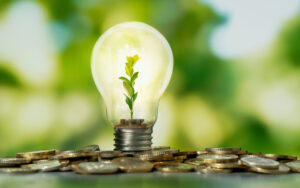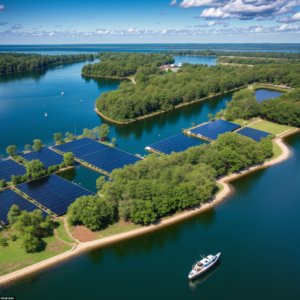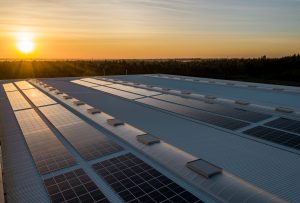Solar energy - first step
Are you considering installing a solar energy system? Whether you are thinking of buying for cash or leasing, the best first step is to ask yourself what you want from the system. If you belong to the majority of potential customers, you probably have one or more common goals.
- Saving money
- Self-sustainability
- Environmental protection
- Backup power supply
- Remote power supply
You may be attracted to one, more, or all of the proposed goals. But when it comes time to choose your system, keep one basic goal in mind.
By considering the advantages and disadvantages of different types of solar systems, you will see that each of these goals aligns with a particular system – and that is why focusing on one primary goal will help you to make right decision.
Solar system linked to the network
To properly understand a grid-connected solar system, we must first understand the “grid or network.”
Network – What we call a network is an electrical network made up of power lines, street lamps and buildings that use energy from energy sources such as dams, nuclear power plants, wind turbines or a combination of the all above. The next time you fly with a plane at night, look out through the window.
That sea of light below you is a network. The distribution regulates the power supply and charges you every month for use of that network… If you receive an electricity bill, you are connected on the network – or “connected to the network”.
Why a solar grid system?
Homeowners connected to the electricity grid have several options for solar systems, of which the most popular solar system is the one that is connected for the network. If you’re main goal is to save money and invest well, than this is your best option.
If you have designed your solar system to cover most of your power needs during the hours when electricity is most used which is usually from 11 a.m. to 4 p.m. your solar system can produce more electricity than your needs are for powering your home. With a grid-connected system, that extra energy can be stored in the grid for later use.
How does it work?
Here are some analogies that can accurate illustrate how a solar system connected to a network works between the sun, your home and the network.
The solar system connected to the network is:
Two-way highway
River
Bank account
TWO WAY HIGHWAY
To understand how it works, imagine a one-way street. Energy flows from the power plant, passes through the grid and ends up in your home. But the solar power system is turning that one-way street into a two-way highway, allowing energy from your solar panels to be returned to the grid.
RIVER
In other words, view solar energy as a river of energy flowing from the sky. That river travels through your solar panels to the grid, but as it passes through the junction box located on your house, its flow is redirected to power your home. This flow is what drives your appliances, devices and lights.
BANK ACCOUNT
When running your household requires more energy, your system consumes more energy. But when demand is lower, some of the solar energy you generate flows directly back into the grid. This primary power that you “donate” acts as a deposit that you can then draw when you need it – for example at night or during long periods of cloudy weather. This process works like a bank account – you store energy when you don’t need it, and use it when you need it. If you use more than you store, the distribution will charge you for energy. It is important to keep in mind that when there is a power outage, there will be a power outage in your home – even if it is sunny outside and the solar array collects energy.
A way to prevent this situation is a solar system connected to the network with a backup power supply, which allows your household to remain operational during the power outage period.
If you’re like most potential users, you might be thinking … “But I don’t want to be connected to the network – I want to be completely independent! ” .But if your main goal is to save and maximize returns of investment (ROI), and you are already connected to the network, then a solar system connected to the network is your best option.
Rule: If you can use the grid as a means of storing energy, then use it. Especially if your Nr.1 goal is to save money and maximize your return on investment.
Offline solar system
Supplying a household in a remote location can be a challenge. For example, installing a transmission line from a distribution to a farmhouse can cost you between € 30,000 and € 100,000 or more. Therefore, the use of solar energy system off-line – one that relies on an energy storage and regulation unit – to power your remote household is a reliable and economical solution.
How does it work?
Basically, an off-grid solar system is like owning your own power plant. With an off-grid solar system, you don’t have a monthly utility bill – because, as we said, an off-grid solar system relies on itself to store and regulate power in your household. However, this means that there are additional costs that you need to keep in mind.
Additional costs:
Batteries
For example, you will need batteries. Remember how a networked system deposits and draws energy from the network itself? You cannot achieve this with an offline system because there is no network to connect to. Instead, with an offline system, your batteries act like a power grid just for you – during the night or short periods of cloudy weather, they will provide you with the energy you need.
Battery maintenance
Battery maintenance is another expense you will need to plan for – and most batteries require routine maintenance. The good news is that maintenance is easy. Taking 15 minutes to read maintenance instructions can save you thousands of dollars in battery costs and extend battery life by far more years than you think.
Which system should you choose?
Solar system connected to the network
For most homeowners, a grid-connected system makes the most sense. When you use the grid to store energy during the period with the most hours of sunshine, you will save immediately on the first costs for your solar system. You will save money on the battery bank if you do not want it, because only systems that do not have access to the network need it. These are important considerations, especially if your # 1 goal is to save money and maximize your return on investment.
Off-network solar system
For homeowners from remote areas or perhaps holiday homes who want to power their homes, offline systems are the best solution. Their ability to provide enough electricity, backup power through a generator and a battery bank — and the advantage of being completely disconnected from the utility grid — make offline systems the perfect choice for complete energy independence. They can cost a little more, but without a monthly electricity bill, you will quickly recoup the purchase price.
Summary
The solar system is a personal choice and which system you intend to buy will largely depend on your needs and desires. No matter which system you choose, you will have a positive impact on the environment, so you can feel good about this decision of yours.












